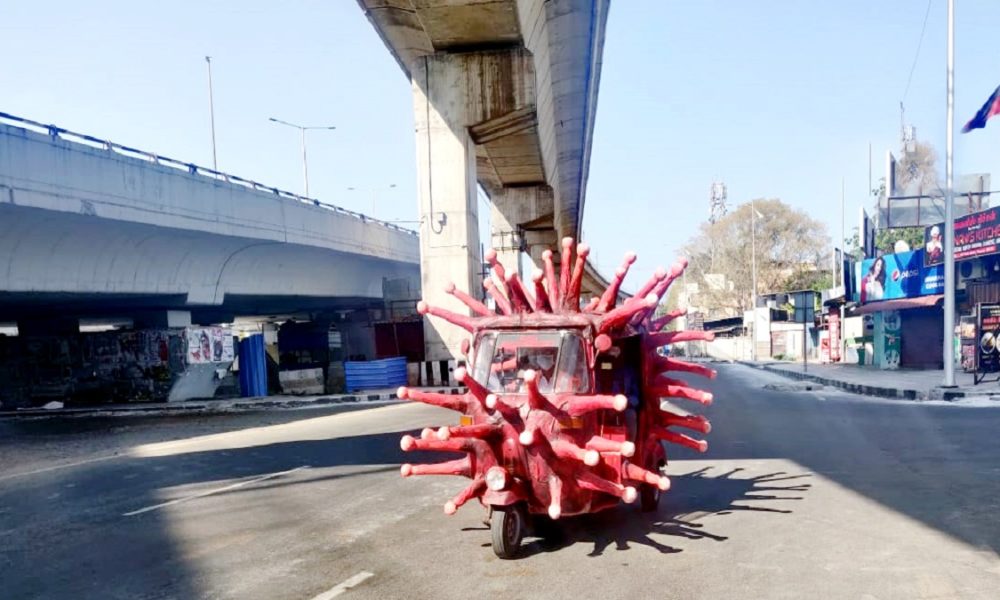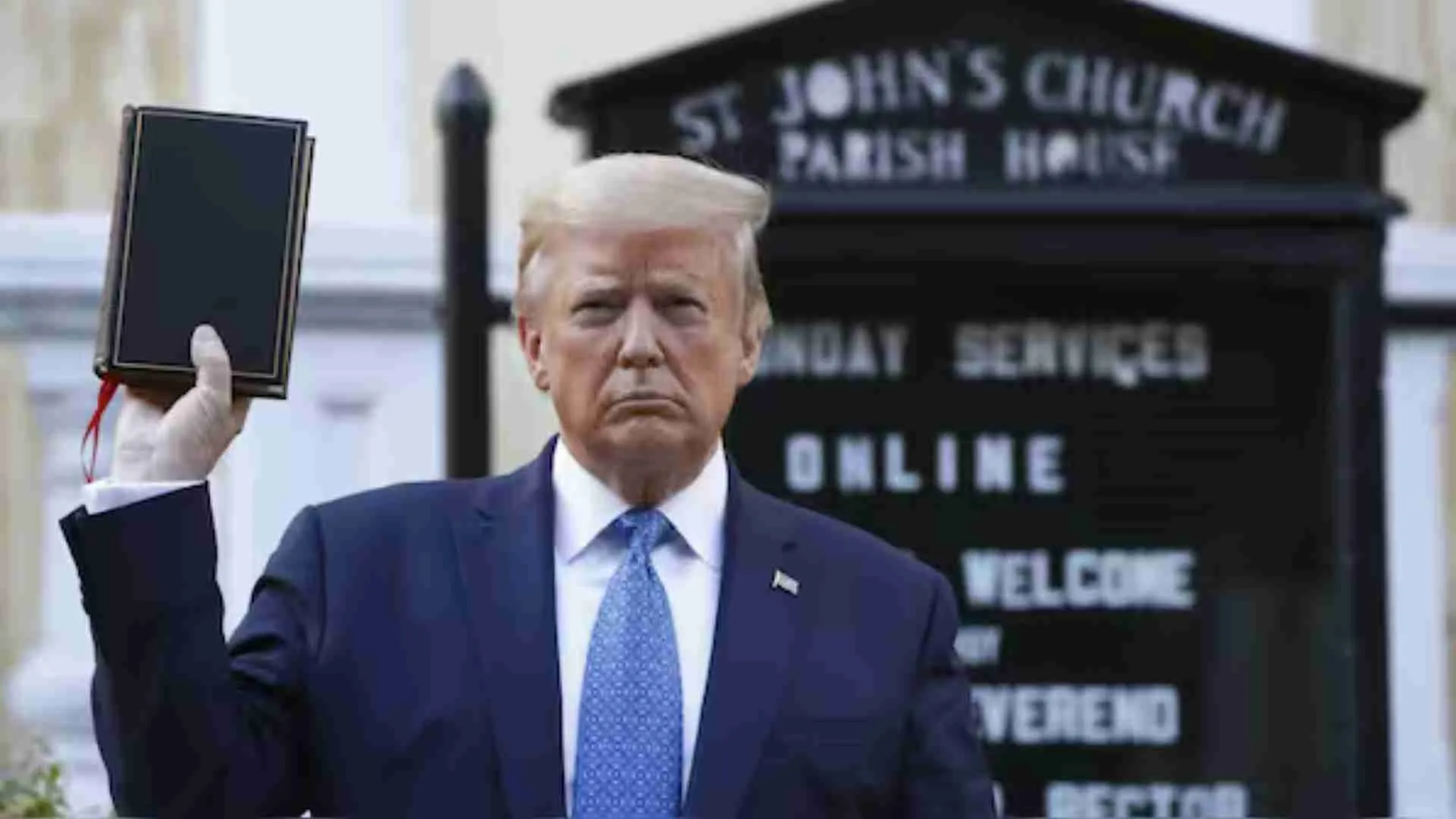In 2003, a few medical experts were of the view that SARS would not be a severe problem in India, unlike the crisis that was raging in neighbouring China. This was based on (a) their belief that those who had in the past been exposed to “Falciparum Malaria” (and hundreds of millions in India had) developed antibodies which were effective in overcoming the SARS virus, should that enter the human body of such an individual (b) that hotter weather crossing into the 30s range would assist in the virus getting rapidly degraded rather than remaining active and in a position to invade more victims.
Whether such a viewpoint was accurate or not is for medical experts to decide, but what is clear is that the effect of the SARS epidemic on India was very limited. In fact, then Defence Minister George Fernandes showed a high degree of personal courage by visiting China in the midst of the raging epidemic and returning unscathed. The then Raksha Mantri, who never made the mistake of many politicians by relying only on officials for information and policy suggestions, accepted the view of some outside the official machinery that the prospects for the virus, should it attack him, were dim. Whether it was on his pioneering visits to Siachen or in other ways, George Fernandes led from the front and was as oblivious to danger as our gallant women and men in uniform.
Now that Covid-19 has attacked India, Prime Minister Narendra Modi has shown his devotion to the principle of respect for human life embodied in the teachings of Mahatma Gandhi. Not relying on Falciparum Malaria or on the weather to do the job of controlling a virus deadly and potentially fatal to millions, PM Modi acted fast in ordering a 40-day lockdown in two consecutive stages in India. This is designed to break the chain of human to human transmission of the novel coronavirus, and is more comprehensive than any other lockdown ordered by a government anywhere in the world in history.
India’s lockdown will certainly enter the authoritative Guinness book of records for establishing a new level in lockdowns, not to mention the fact that this has resulted to 1.29 billion people almost entirely—and willingly—subjecting themselves to severe “tyag” and “tapasya” for such a long time continuously. The extraordinary lockdown measures put in place on the personal direction and supervision of the Prime Minister are expected to show its efficacy by next month. Should the calculations made by the relevant authorities in India work out, the first two or three weeks of May 2020 will witness the visible rollback of the Covid-19 pandemic within India. This would hasten the process of re-establishing normalcy in everyday operations of the hundreds of millions in India who have seen their livelihoods affected because of the pandemic reaching the shores of India from outside during the initial days of this year. Such a transformation would be an immense achievement of Prime Minister Modi, and will receive international attention and applause. More and more people in India expect that the existing lacunae in the regulatory system and in matters of taxation and monetary policy will get the attention needed to ensure that the Indian economy will bound back from the pandemic with additional and not less energy.
The days ahead are expected to witness several more measures taken by the Finance Ministry, the Reserve Bank of India that are designed to protect the economy (and jobs in particular) from the bad effects of the present medical emergency. Once such steps get announced, the economy will witness a rebound in jobs and a decline in the losses caused by the need to take extraordinary measures to protect each and every life. Measures that have succeeded, judging by the low death count in India as compared to much smaller countries. It is also expected that production of pharmaceuticals and healthcare items such as masks will be placed on a scale that ensures that this country supplies the world.
The country is looking towards May 2020 to break out from the Covid-19 tunnel, light from which has already begun to appear in the way in which the numbers of those infected and those killed by the novel coronavirus are holding at levels that are still in a zone where the next month could bring relief from the pain being endured by the people of India in their effort to control the spread of Covid-19.























